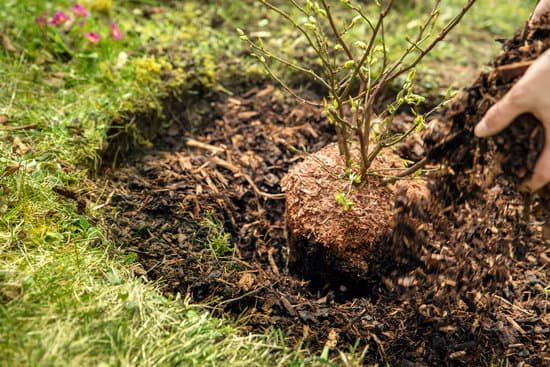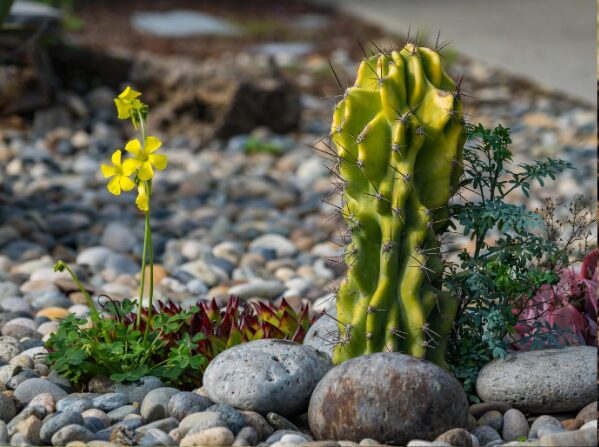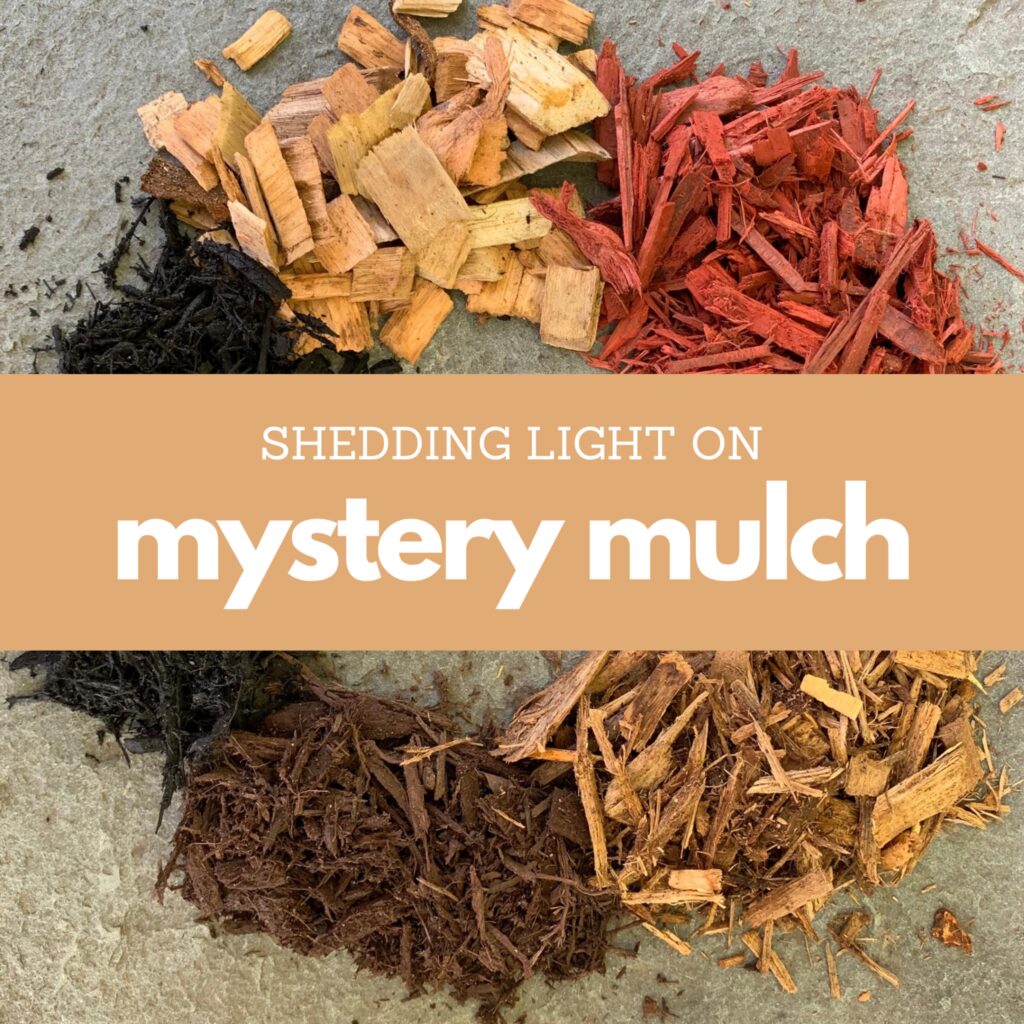The secret to a thriving garden? Mulch! With the hottest days of the year behind us, we now have the chance to once again look at our landscaping and give it a little love.
The Gatekeeper of the Garden
Not only is mulch visually appealing in a garden, but it also has many benefits beyond its good looks.
First and foremost, it helps the soil retain moisture. Many of the plants we sell here at Patuxent thrive when the soil they live in is kept moist. Mulch creates a barrier between your plant and the elements that can threaten its roots. Erosion, evaporation, and sun usually impede the health of your plant but are no match to mulch.
Weed-killing herbicides are expensive and time-consuming. Prevent this by getting ahead of the problem and applying mulch which deters weed growth in or around your trees and shrubs.
Although mulch can be anything that covers the soil surface, when growing a flower or vegetable garden, we recommend organic mulches such as wood chips or bark mulch that improve the soil and add nutrients to your plants as it decomposes.
Now’s the time
In spring, mulching may offer your plants with nutrients that will support new growth, but it is equally as important in the fall. With winter months threatening the survival of your plants, they need all the protection they can get. Now is the perfect time to reapply.
A blanket of mulch will help manage the soil temperature throughout the winter. Without it, on a warmer winter day, the sun could warm the soil and stimulate new growth in a shrub that will quickly die when the temperature drops again. Mulch will prevent this from happening and keep your plants dormant throughout the winter so they are ready to pop in the spring!
How to Mulch like a Master:
With these few easy steps, you can have your garden beds looking crisp and clean in no time!
1. Gather what you need
Some tools you may need include, a wheelbarrow, shovel or pitchfork, gardening gloves, knee pads, and a rake.
2. Edge the area
To keep the surrounding area clean and prevent the mulch from spilling into it, we recommend that you outline your garden with a shallow ditch, or stones and pavers.

3. Remove old layers
If you were to leave old mulch, not only will the landscape look elevated, but the old chips may prevent water and air from passing through. This will hinder the health of the roots. Eventually, organic mulch will decompose and become soil, but if this is far from happening, removing it may be beneficial.
4. Apply landscape fabric
Applying a weed fabric before laying mulch will further deter weeds from sneaking through and will help to retain moisture.
5. Cover evenly
You may want to use your wheelbarrow to carry your mulch around the yard. Try not to dump in big piles in the garden, or it may be more difficult to evenly disperse the layer. Using your rake or hands, spread the mulch throughout the garden, but keep away from the trunk of the plants. We recommend a 2 to 4-inch tier for optimal results.
6. Water lightly for the next 48 hours
Excessive watering may influence the mulch to move away from its allotted location. Limit the amount of water to allow the mulch to settle. This is especially important when using dyed options, as their colors can bleed.
Here’s the dirt:
When applying mulch, there are a few things to keep in mind. Covering the crowns of the plant or laying the mulch directly next to the trunk can eventually lead to rot. To ensure that the mulch is helping and not hurting your garden, leave a space between the base of the plant and the surrounding mulch. For trees, we recommend at least six inches; for shrubs, at least three; and for smaller perennials and annuals, one to two inches will do.

Plants such as cacti and succulents thrive in dry conditions, so adding organic mulch that conserves moisture, can be detrimental. Instead, opt for inorganic mulches such as pebbles, gravel, or crushed stone that reflect what you would find in these plant’s natural habitat.
Although decomposition of organic mulch provides the plants and roots below with added nutrients, it can also deplete the soil of nitrogen, which is needed for photosynthesis. It may be necessary to apply nitrogen-rich fertilizers to combat this.
Finally, this same decomposition promotes life below the surface, but it is important to note that this is more than plant life. The nutrients provide an optimal habitat for worms and grubs, which eventually provides a habitat for moles.
Find it at Patuxent
While choosing a mulch is mainly a matter of color preference, here are some additional tips to decide which mulch is best for you.
-Dark mulch absorbs heat very well and transfers it to the plants. If your garden receives a lot of sun throughout the day, choose plants that are heat tolerant.
Black Dyed
Brown Dyed
-If you like to add a pop of color to your garden, go with a bold, dyed mulch!
Red Dyed
-Nuggets move around easily and do not stay in place when placed on a slope. However, since they are in big chunks, they will take longer to decompose and last for years to come.
Wood Chip Mulch
-Finally, if you want to go with an all-natural and rugged look, these are the best options:
Wood Carpet
Pine needles
Pine straw
Mulch Calculator
Area in square feet x desired depth of mulch = square feet of mulch needed
Come in, or call ahead to order.


Leave a Comment
You must be logged in to post a comment.